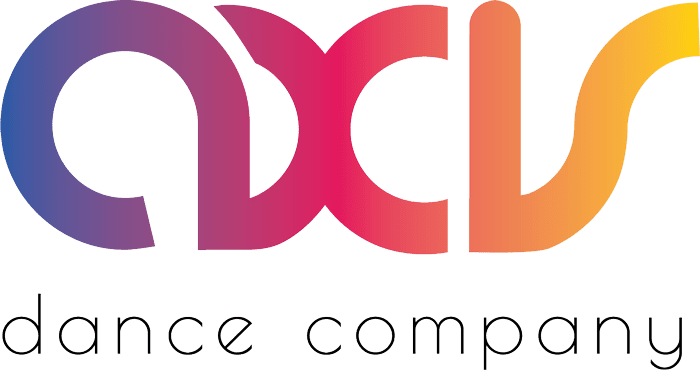
In 2010, the magazine New Mobility announced that “physically integrated dance” had come of age. “Physically integrated dance is performed by people with and without disabilities,” wrote Josie Byzek, “together on the same stage or as part of the same piece of choreography.” The combination of disabled with nondisabled artists, a unique kind of artistry some say originated in the 1980s, is key to the meaning and circulation of the term “physically integrated dance.”
In this tradition, disability is figured into the same recognition and legitimacy that nondisabled artists receive, refusing to place disability in frames that weaken artistic merit such as “dance therapy.” While some disabled people might find this kind of work engaging and supportive (including what is called “Wheelchair DanceSport,” a competitive dance that is specific to wheelchair-using dancers), many disabled artists have worked to remove the influence of what is often called “the medical model” of disability. In some cases, therapeutic dance work lacks clear and comprehensive strategies for supporting the agency of disabled people, which works at odds with disabled artists’ quests for creative autonomy. Integration, then, is a reclamation of disability for artistic integrity.
In recent years, artists have considered “integration” expansively, beyond “physical” integration. For example, integration of Mad, neurodivergent, blind, low-vision, Deaf, and Hard of Hearing artists are moving some companies to identify as “integrated” in a more general way.
Similarly, some companies are comprised of- and led entirely by- disabled artists, moving away from the notion of “integration” entirely in pursuit of artistic languages that begin with disability experience and emerge primarily for disabled audiences first.
In a 2022 New York Times interview, disabled artist Jerron Herman describes how these varied approaches to disability aesthetics are generating new cross-pollinations. “One of the beautiful parts of this research and development is dissolving siloed experiences in disability culture. We’re saying that there’s no need to embody a certain impairment or have a certain disability narrative in order to ‘access access.’ Experiments that are happening in this company can then move forward in someone else’s work, and we are also being informed and influenced by others.”
Nadia Adame, Artistic Director of AXIS, explains how the company has grappled with these changes:
AXIS Dance Company has undergone an evolution from its origins as a physically integrated dance company. Since 1987 and thanks to the work of Co-founder and Artistic Director Emeritus Judith Smith, AXIS gained recognition for challenging stereotypes and showcasing the artistic potential of including dancers with and without physical disabilities. AXIS started to actively engage with disabled artists and explore ways to amplify their contributions, both as performers and creators of dance works.
Nadia Adame, Artistic Director of AXIS
Throughout the many decades of existence and leadership, the artistic, education, advocacy work, and collaborations with other organizations, AXIS strives to raise awareness and evolve into an inclusive dance company that actively seeks diversity within all the members of its team including disabled, non-disabled, D/deaf, and neurodiverse artists.
This evolution of AXIS reflects a broader shift in the dance community towards recognizing and celebrating the richness that different perspectives and experiences bring to the artistic landscape. AXIS aims to become a company where everyone belongs.
